[Marsha Horiuchi of Edo]
October 29, 2015 18:00
After a cup at Betara-shi @ Otemmacho of Takarada Ebisu Shrine, we stopped by Bakuro Yokoyamacho on the east side.
Since the Edo period, as a post town close to Asakusa Gomon, which was a major downtown area at the time (some Bakuro who bought and cared for horses).
And it has developed as a wholesaler town for many goods, and now it is a town that is working hard as a clothing wholesaler town.
On October 1, a 7-story 71-bed hostel "IRORI" opened in a corner of a building in the wholesaler's street.
There is a single / two-tiered bed made of Shimanto cypress, partitioned by a cloth that is good at wholesalers, and a self-catering kitchen.
"Irori," which can be surrounded by everyone and sometimes becomes the protagonist, sits in the lounge with a chocolate and ash.
It is a place where you can feel such a simple and quiet appearance. (3,000 yen per night)
It seems to be popular with foreign backpackers, people who are accustomed to traveling, and Japanese who stay suddenly.
In the evening lounge, foreign tourists enjoy blogging while using Wifi, and the two women's group light coffee.
While drinking, chatting while drinking, the Japanese were quietly hitting the PC keyboard.
I feel that the new landscape of Nihonbashi is expanding.
IRORI URL http://irorihostel.com/
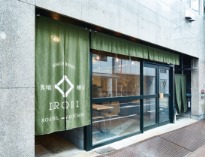
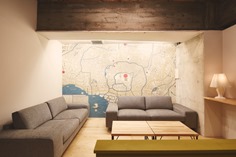



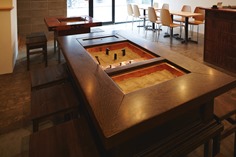
[Marsha Horiuchi of Edo]
October 24, 2015 09:00
On the evening of 10/20 (Tuesday) on weekdays, we enjoyed "Bettara City" together with the guidance at the Jushi Cafe held by the collaboration station Chuo.
The Takarada Ebisu Shrine in Temmacho is the center of Edo development.
"Bettara City" continues as a city lined with offering fish and vegetables for "Ebisu-ko", and is now a traditional downtown festival with nearly 500 stalls.
There was also a new movement, and curry watermelon and eel skewers were very delicious at the Bettara Regional Promotion Association.
The name of "Bettara City" is that young people use Asazuke radish (Bettara) to congestion and call the pilgrimage women "Bettarada, Bettada", and put them on the sleeves of kimono. It is said that it became the name of Bettara because of the fun of the women.
Here, long-established stores and large and small trading companies line up the eaves, praying for business prosperity and safety in the house, and are working hard. From 5 o'clock in the evening, nostalgic Bon Odori songs and the dance circle of local people were spreading.
1) At first, the main deity of Takarada Ebisu Shrine was moved to Temmacho, where he was evacuated to build Edo Castle.
I worshiped in front of you (this Ebisu was worshiped by Ieyasu Tokugawa and was restored once with the work of Unkei).
2) Thank you for the "Betta-" circle of Atomi Women's University and the cooking recipe.
3) As the first float at the Odenmacho 1-chome Neighborhood Association drop-off, Kanda Festival, and Sanno Festival, the flag of Isako chicken here in Otemmacho is here.
It was displayed at the entrance. Thank you very much for taking a break with tidbits/Betta pickling.
In the hot air mumbun, I bought a red turnip "Bedarazuke" and arrived on my way home, hope next year will be a good year.
New knowledge
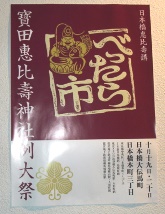
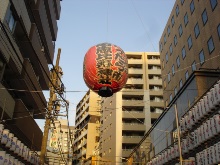
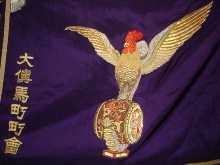
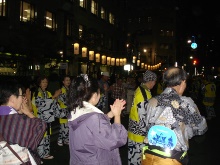
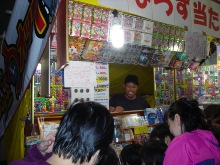
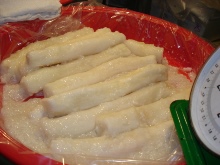
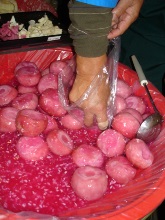
[Marsha Horiuchi of Edo]
09:00 on October 6, 2015
I have seen "the treasure of Zao Gongen and Shugen" held until November 3rd.
In the past, there were people in mountain ascetic hermit, the sound of conch shells, the haze of the mountains, and the mountains that trained their minds and bodies and aimed at "enlightenment."
En no Gyoja, the founder of mountaineering asceticism, pursues the Buddha that saves the rebellious world.
1000 days of hardship and prayed.
It is said that the Buddha has a shakujo (weapon) on his right hand and shakes the affliction of human beings.
It was a magnificent statue.
Seeing this special exhibition, I felt majestic. I feel like I had a valuable experience in modern times.
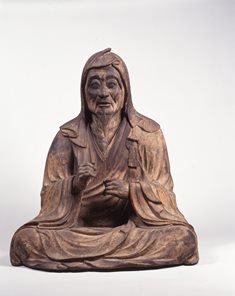
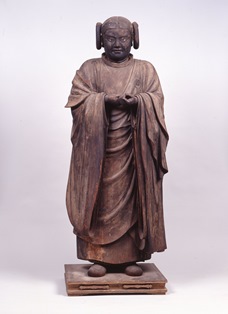
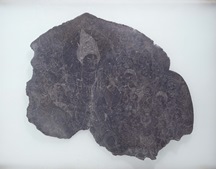
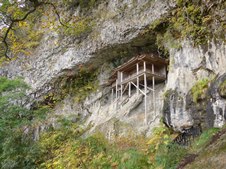
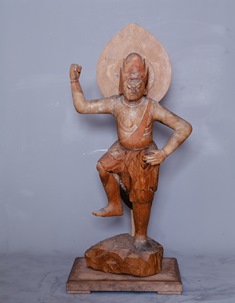
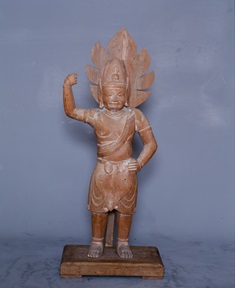
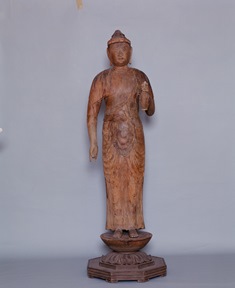
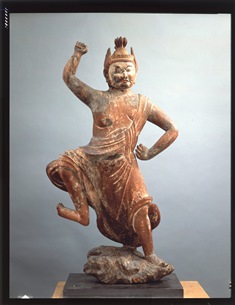
(Copyright © 2015 Mithui Memorial Museum All Rights Reserved.)
Mitsui Memorial Museum → The nearest station is Mitsukoshimae Station on the Ginza Line.
Click here for details http://www.mitsui-museum.jp/
※Each image is owned by the Mitsui Memorial Museum. Secondary use is strictly prohibited.













